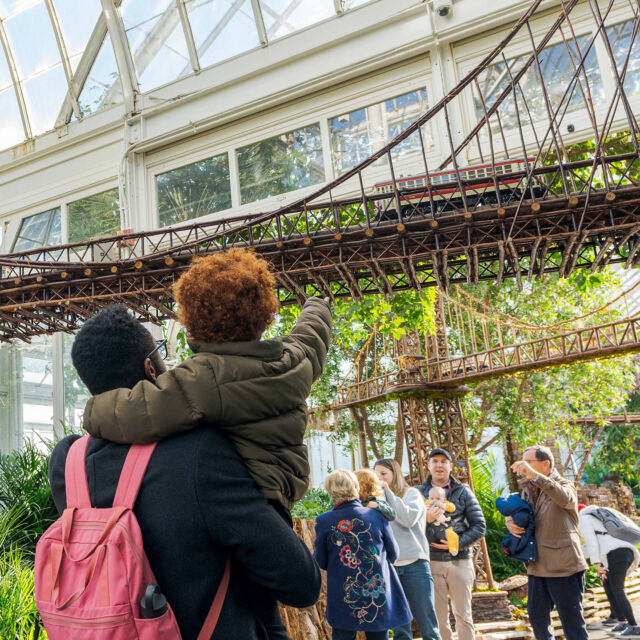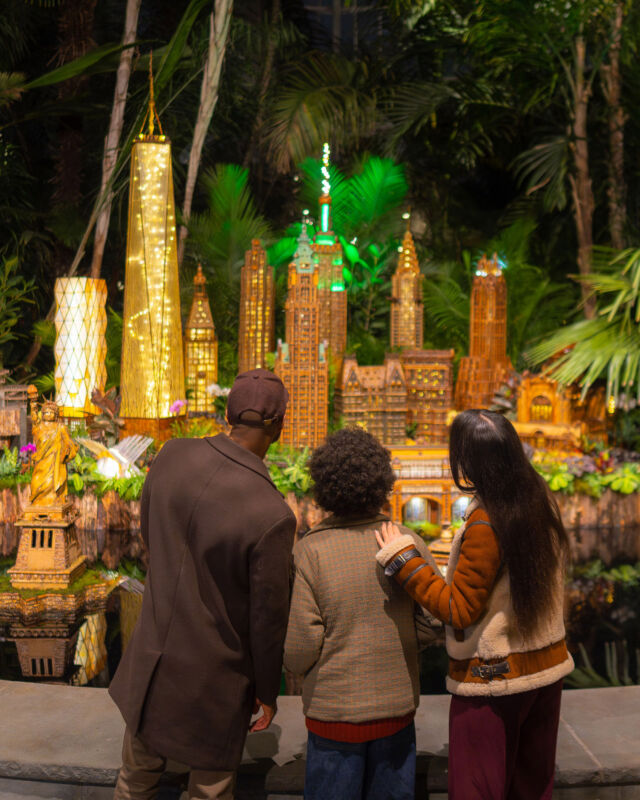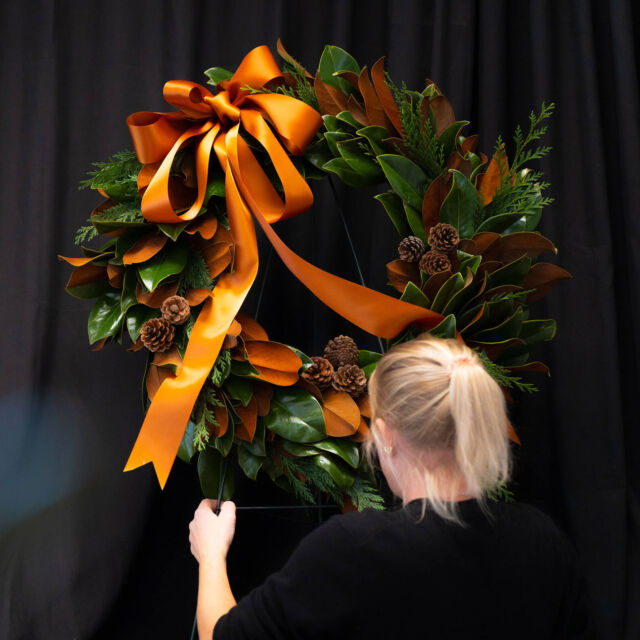Information in Memoriam: Dead Formats
Althea Meer is the Systems & Digital Librarian in the LuEsther T. Mertz Library of the New York Botanical Garden.
As the air gets cool and crisp, the nights get longer, and we revel in the spookiest month of the year, the Mertz Library team is preparing to showcase an aptly macabre portion of their collections: Dead Formats.
Since the library was founded in 1895, we have been dedicated to collecting all forms of information about the plant world. As a result, our collections reflect a rich history of data and media storage that spans centuries. From early 20th-century lantern slides, to View-Master reels from the 1940s, to audio cassettes and VHS tapes from the 1990s and CD-ROMs from the early 2000s, there is an ever-growing number of data and media formats that are now considered obsolete, outdated, or “dead.”
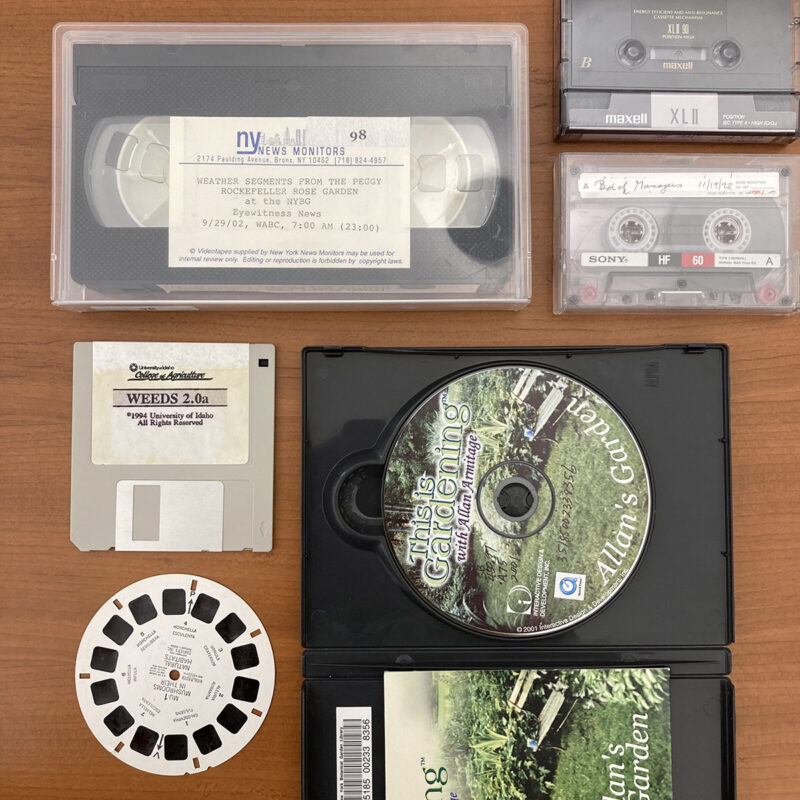
“Dead” formats from the Mertz Library collections. Clockwise from top left: VHS tape of weather segments recorded from NYBG’s Peggy Rockefeller Rose Garden (2002), audio compact cassette tapes from the NYBG Institutional Archives (1992, 1995), Allan’s Garden computer program on CD-ROM (2001), View-Master reel from Mushrooms in their Natural Habitats (1949), WEEDS 2.0 3 ½ inch floppy disk (1993).
Because so many of them require special equipment or software to be used, the content hidden within these items is at risk of being lost to history. Libraries, archives, museums, and other cultural heritage institutions like the LuEsther T. Mertz Library are responsible for preserving these materials and ensuring that they are accessible long past their commercial “expiration date.”
Content aside, these items also tell a story of technological innovation, creativity, and ingenuity. The Mertz Library collections show that plant scientists, gardeners, landscape designers, historians, and anthropologists have always been using the latest technology at their disposal to do research, record their work, and create useful resources for others. Understanding the unique strengths and limitations of “dead” formats can help us better understand not only the role they played in past methods of collecting and presenting information, but how current trends in technology affect our relationship with information today.
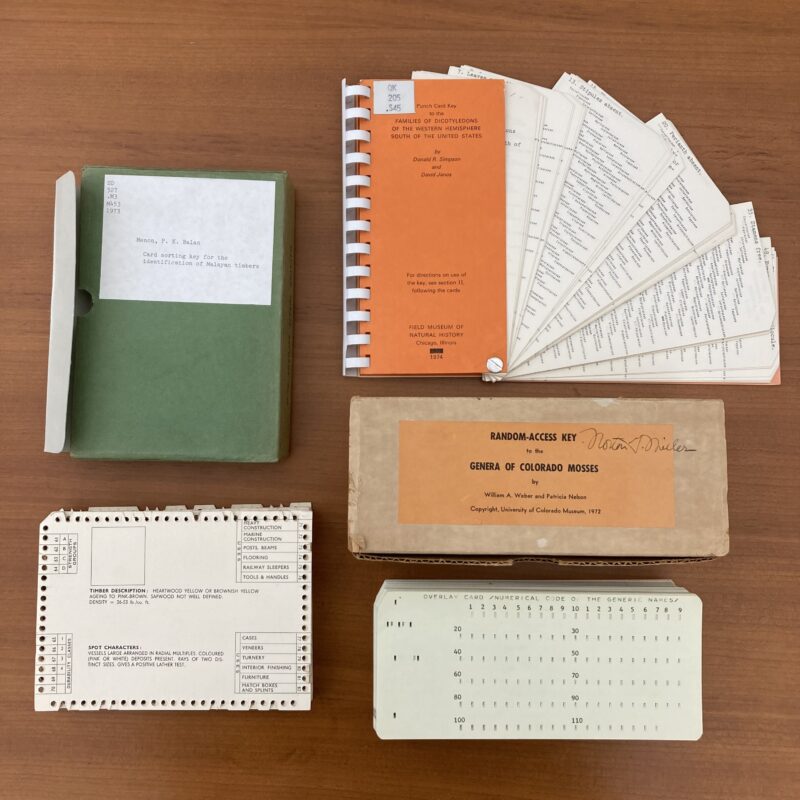
Punched and notched card keys for identifying plants. Clockwise from top right: Punch Card Key to the Families of Dicotyledons of the Western Hemisphere South of the United States (1974), Random-Access Key to the Genera of Colorado Mosses (1972), Card Sorting Key for the Identification of Malayan Timbers (1973).
Co-curated by Resource Sharing Librarian Rose Octelene and me (the Systems & Digital Librarian), the exhibit will re-animate some of the Library’s most unique technological relics, inviting you to come face-to-face with the Dead Formats that continue to haunt our library stacks. We hope you’ll leave with an appreciation for these friendly ghosts and their important place in the Mertz Library collections.
The Dead Formats exhibit will be on view on the 6th floor in the Mertz Library from Tuesday, October 29 to Friday, November 1. The library is open from 10 a.m.–4 p.m.
SUBSCRIBE
Enter your email address to subscribe to this blog and receive updates on new posts.







